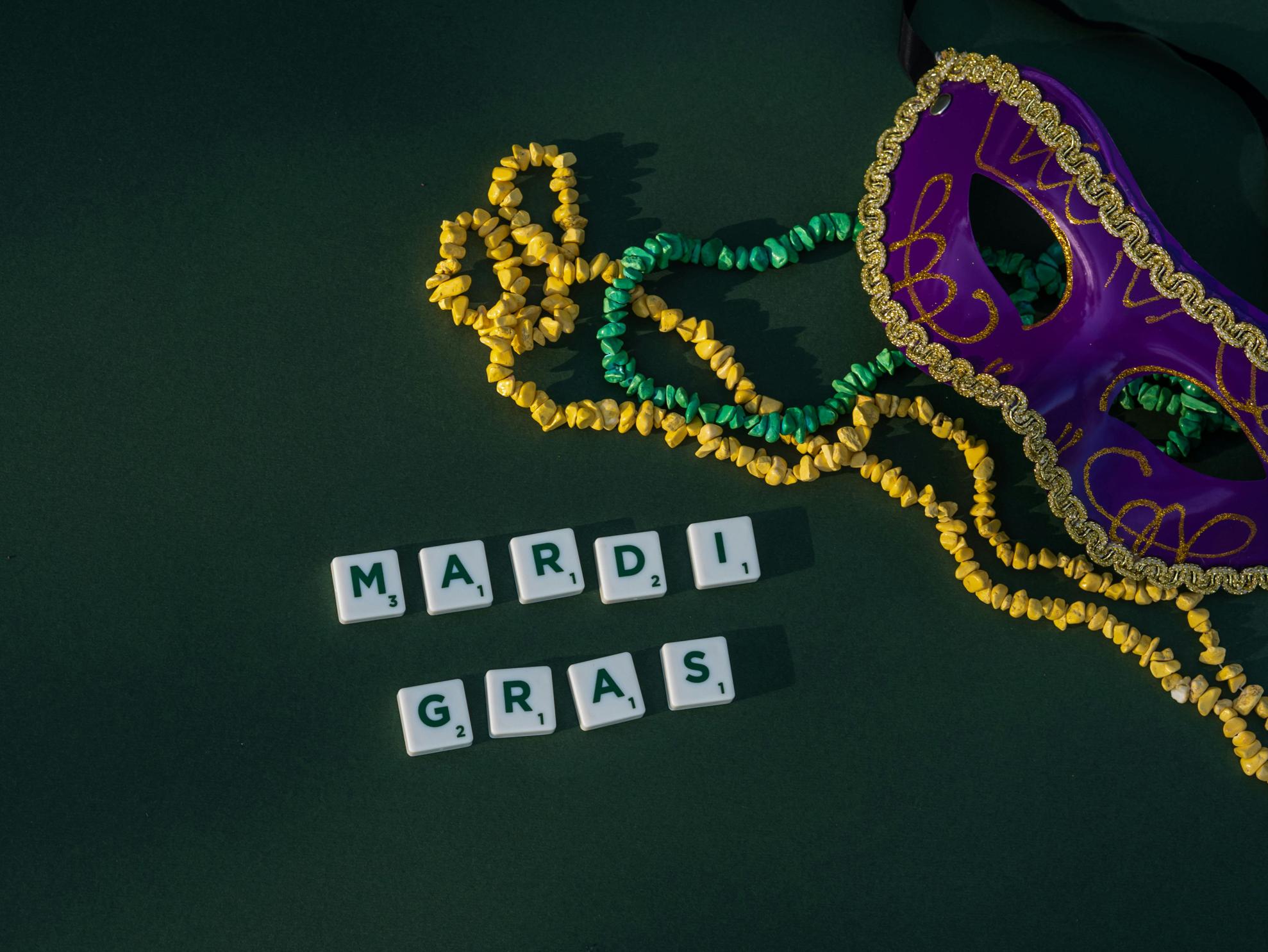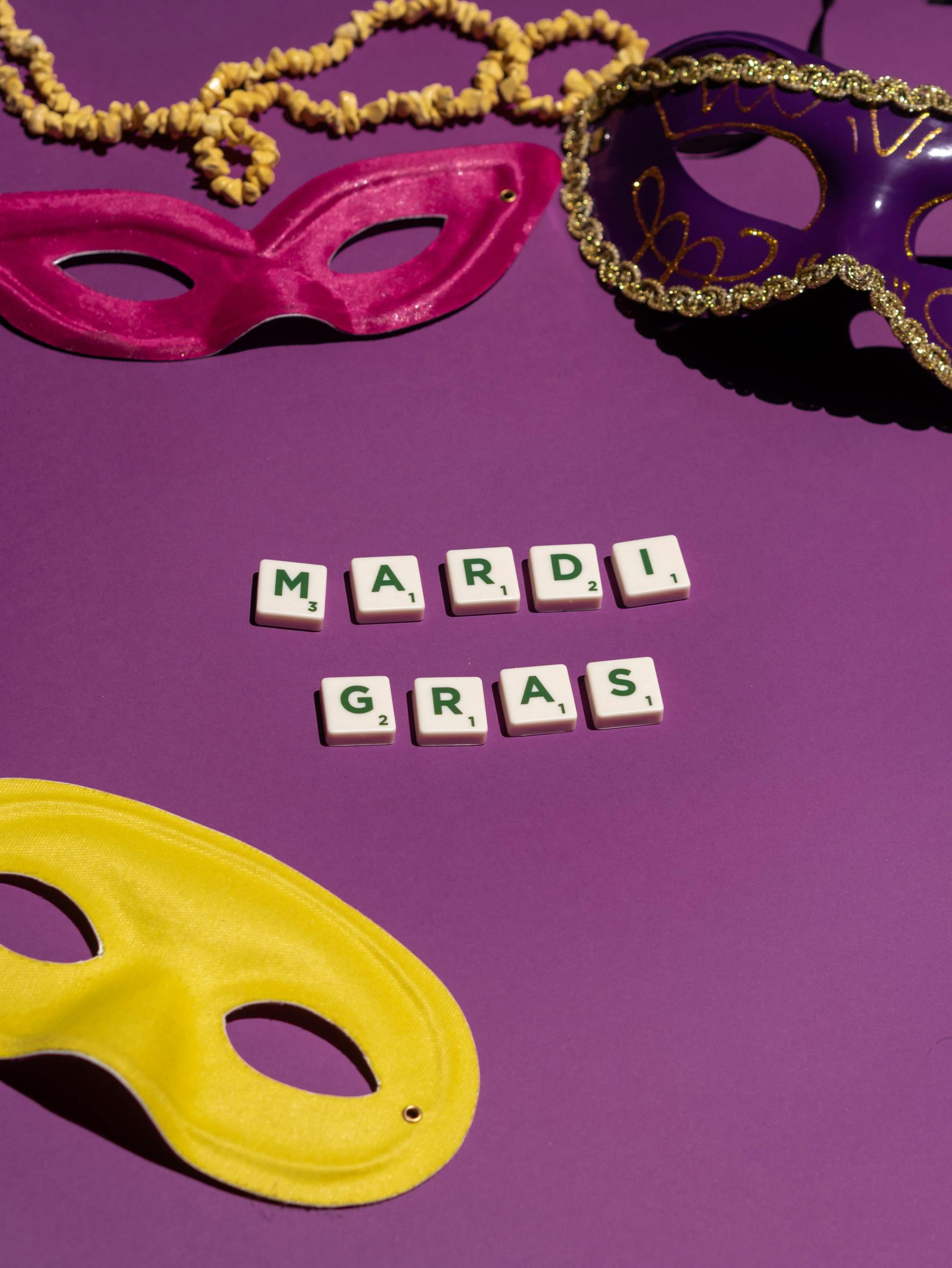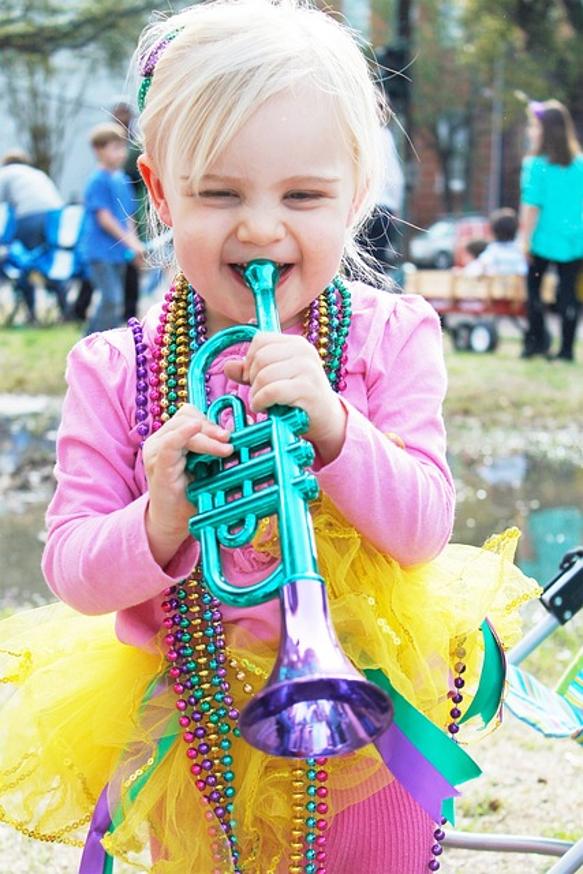Introduction
Mardi Gras, or Fat Tuesday, is famous for its vibrant parades, costumes, and of course, the iconic bead necklaces. These colorful strands have become synonymous with the celebration, but have you ever wondered how many beads are on a Mardi Gras necklace? Understanding this can add another level of appreciation for this festive accessory. Whether you’re catching these beads at a parade or making your own, knowledge of their bead count can be both useful and fascinating.

History of Mardi Gras Beads
The tradition of throwing beads during Mardi Gras dates back to the early 20th century. Originally, parade participants tossed glass beads to the revelers. These were highly treasured but also quite fragile. Over time, glass beads were replaced with strands made from more durable plastic or metallic materials. The tradition transformed into a beloved part of the Mardi Gras experience, with each krewe (a social organization that stages the parades) trying to outdo the others with their bead designs.
Mardi Gras beads have evolved not just in material but also in design complexity. Today, you can find beads in all shapes, sizes, and colors, often themed to match the parade’s motif. This adds to the excitement and anticipation of catching these glistening strands as they fly through the air.
Anatomy of a Mardi Gras Necklace
Understanding the anatomy of a Mardi Gras necklace helps you appreciate the craftsmanship behind each strand. Typically, these necklaces are made from a series of small plastic beads strung together. The beads can be round or shaped into various forms like spheres, stars, or even fleur-de-lis to match the theme.
Most necklaces incorporate a string made from robust nylon or other high-tensile materials for durability. A standard necklace usually has a clasp for easy wearing and removal but simpler designs might just be looped into a continuous strand. Besides beads, some necklaces may also feature pendants or medallions, often branded with the year or the krewe’s emblem, making them collectible items.

Standard Bead Count
Contrary to popular belief, there isn’t a single standard bead count for all Mardi Gras necklaces, but the most common configuration features between 50 to 100 beads. The actual count can vary depending on the design and length of the necklace.
A standard bead necklace generally measures about 16 to 30 inches in length. Beads themselves often measure about 6-12 mm in diameter but can be bigger or smaller depending on the design. Longer strands tend to have more beads, reaching beyond the 100-bead count, especially the ones used in themed events where grandeur matters.
While shorter, simpler necklaces might have fewer beads, they often come in bundles, adding to the visual spectacle of Mardi Gras celebrations. So next time you catch or wear one, take a moment to count the beads and appreciate the effort that goes into each piece.
Crafting Your Own Mardi Gras Necklace
Creating your own Mardi Gras necklace can be a rewarding experience. Here’s a simple guide to get you started:
- Gather Materials: You will need a string or nylon thread, a collection of beads (select colors that match Mardi Gras themes like purple, green, and gold), and optional pendants or medallions.
- Prepare the String: Cut the string to your desired length, usually between 16 and 30 inches.
- Start Beading: Insert the beads one by one. You can create a pattern or keep it random.
- Add Pendants: If you’re using a pendant, add it at the mid-point of the string for focal impact.
- Finish: Tie a sturdy knot or use a clasp to secure the ends.
Crafting your necklace allows you to personalize it to your liking and also makes for a fun DIY project.

Sustainable and Eco-friendly Options
With growing environmental concerns, many are turning to sustainable alternatives for Mardi Gras beads. Traditional plastic beads contribute to pollution, especially when they are discarded carelessly after the celebration. Here are some eco-friendly alternatives:
- Recycled Materials: Opt for beads made from recycled glass or metal.
- Biodegradable Options: Use materials like organic cotton or colored pasta beads.
- Reusable Designs: Invest in quality necklaces that can be used year after year.
Organizations and krewes are increasingly adopting these practices to minimize their environmental impact, ensuring that future generations can continue to enjoy Mardi Gras responsibly.
Conclusion
Understanding the intricacies of Mardi Gras beads, from their history to their construction and bead count, adds depth to this exciting tradition. Whether you’re catching beads in a parade, crafting your own, or opting for eco-friendly alternatives, the knowledge enhances your experience and appreciation of Mardi Gras.
Frequently Asked Questions
How many beads are typical on a standard Mardi Gras necklace?
Typical Mardi Gras necklaces usually have between 50 to 100 beads, depending on their length and design.
Where can I find materials to make my own Mardi Gras necklace?
Materials like beads, strings, and pendants can be found in craft stores or online marketplaces. Specialty Mardi Gras suppliers often offer themed crafting kits.
What are some eco-friendly alternatives to traditional Mardi Gras beads?
Eco-friendly alternatives include beads made from recycled glass or metal, biodegradable materials like organic cotton, and reusable, high-quality necklaces.
